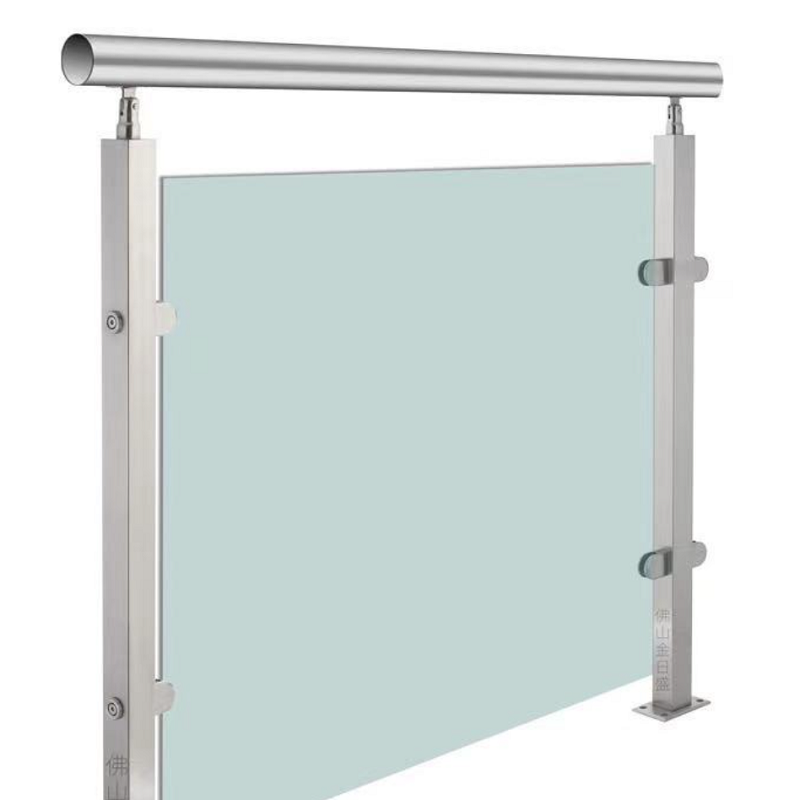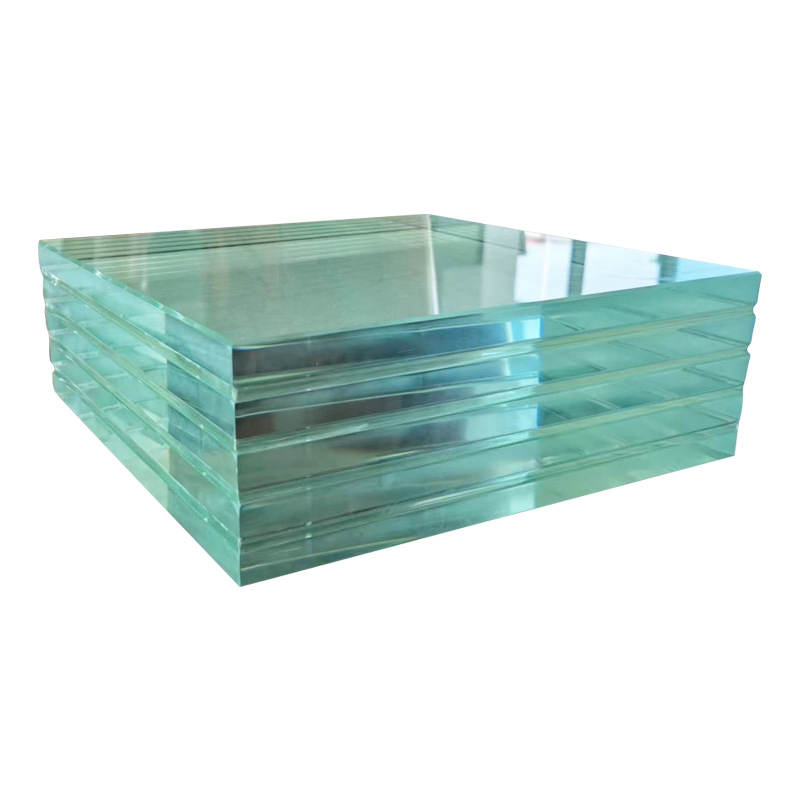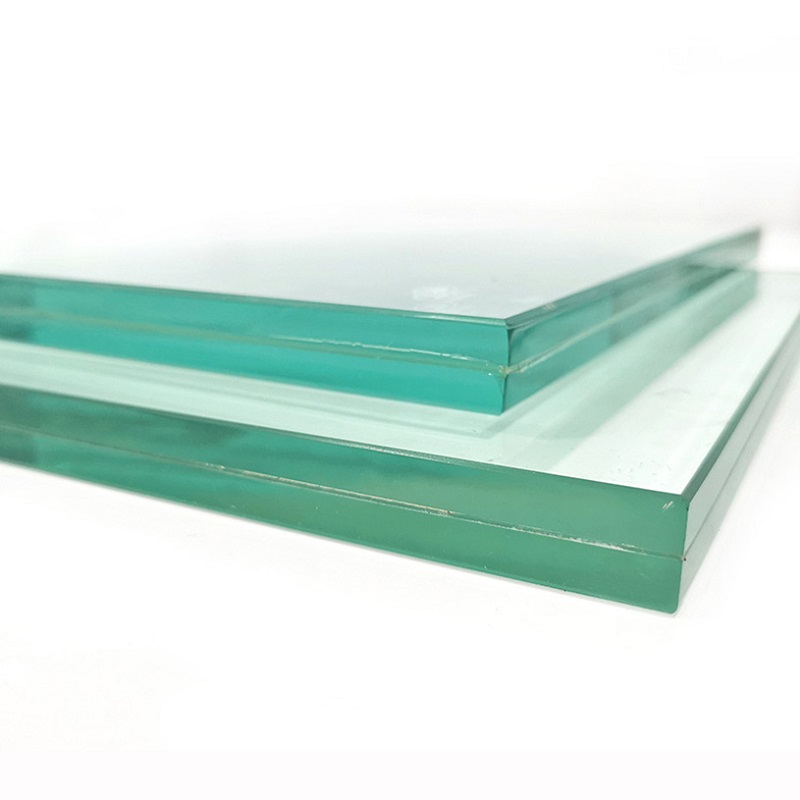Technical Characteristics and Architectural Applications of Composite Fire-resistant Glass
Abstract: This paper systematically elaborates on the manufacturing process, fire-resistant mechanisms, and engineering applications of composite fire-resistant glass. As a critical material in modern building fire compartmentation systems, composite fire-resistant glass perfectly integrates fire safety with architectural aesthetics through its unique structural design. The study focuses on analyzing the performance differences among various types of fire-resistant glass and proposes scientific selection and application strategies.
Manufacturing Process and Technical Principles of Fire-resistant Glass
Composite fire-resistant glass is a high-performance building material composed of multiple glass substrates bonded with specialized fire-resistant adhesives. Based on production methods, fire-resistant glass is primarily categorized into two types:
(1) Poured Fire-resistant Glass (Wet Process)
This type of fire-resistant glass uses high-borosilicate glass as the substrate. After precision cleaning, multiple glass layers are sealed with flame-retardant borders, and a specialized fire-resistant liquid is poured in. The liquid, primarily composed of inorganic salt solutions such as potassium silicate and borate, forms a transparent fire-resistant barrier after curing. Fire-resistant glass produced through this process offers excellent fire integrity and insulation, making it ideal for building fire compartmentation.
2.Fire-resistant Mechanisms and Core Performance of Fire-resistant Glass
The fire-resistant capability of fire-resistant glass lies in its unique structural design:
Remains transparent at room temperature, with light transmittance exceeding 80%.
The fire-resistant interlayer rapidly expands when exposed to fire, forming a dense insulating barrier.
Effectively blocks flame spread and high-temperature transmission.
Key Performance Indicators:
Fire Resistance Rating: High-quality fire-resistant glass can achieve up to 180 minutes.
Thermal Insulation: Heat radiation blocking rate > 85%.
Mechanical Strength: 3-5 times stronger than ordinary glass.
3.1 Architectural Fire-resistant Glass
Class A Fire-resistant Glass: Meets both integrity and insulation requirements. Suitable for:
Fire-rated doors and windows
Fire partition walls
Safe evacuation passages
Class C Fire-resistant Glass: Meets integrity requirements only. Suitable for:
Building curtain walls
Fire-rated observation windows
Fire compartments without insulation requirements
3.2 Specialty Fire-resistant Glass
Marine Fire-resistant Glass: Features corrosion resistance and impact resistance.
Rail Transit Fire-resistant Glass: Offers explosion-proof and shock-resistant properties.
Bulletproof Fire-resistant Glass: Incorporates special materials for higher security levels.
Selection Guidelines for Fire-resistant Glass
4.1 Selection Principles
Choose fire-resistant glass with appropriate fire resistance ratings based on compartmentation requirements.
Consider daily functional needs.
Evaluate environmental adaptability.
4.2 Installation Standards
Must use dedicated fire-resistant framing systems.
Apply fire-resistant sealant at joints.
Ensure secure connections with building structures.
4.3 Maintenance Requirements
Regularly inspect sealing conditions.
Use specialized cleaning agents.
Test automatic window-closing functionality.
Conclusion:
As a vital component of building safety, advancements in fire-resistant glass technology directly enhance fire protection standards in construction. With continuous improvements in building codes, the application of fire-resistant glass will become even more widespread. It is recommended to strictly control the quality of fire-resistant glass in engineering practices to ensure reliable fire performance. Additionally, emphasis should be placed on the coordinated design of fire-resistant glass with other building systems to establish a comprehensive architectural fire protection framework.





